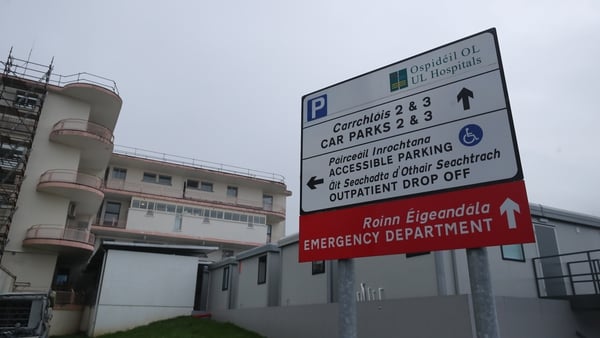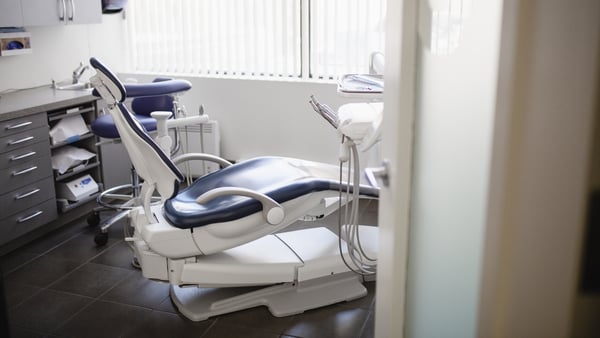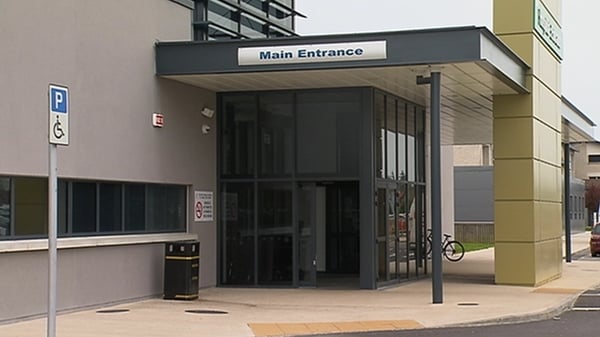A new waiting list plan, published online tonight by the Department of Health, states that between now and the end of the year, an extra half a million patients could come into the system and need care.
It sets out new measures between now and December to cut waiting lists and to mitigate the effects of Covid-19 and the cyber attack and to deliver 392,000 consultations or treatments by year end.
The new measures include "a rapid assessment of waiting list status by hospital group and speciality" including removing duplications, reducing missed appointments and "a process of clinical validation by consultants to ensure appropriate scheduling of appointments".
It says that "refreshed" waiting list protocols will be introduced "supported by administrative validation".
More capacity is to be added to the public system in the short term, pending longer term investments.
The plan projects that by the end of this year, there will be 724,031 patients waiting for an outpatient appointment, in-patient or day care, or a gastrointestinal scope, once new waiting list measures are implemented to tackle the lists.
The plan states: "Notwithstanding the additional capacity provided this year, we do not have sufficient capacity to see patients who are waiting for scheduled care because emergency services are dependent on the same beds, theatres, etc. and take priority. This ongoing situation has been exacerbated by the pandemic and more recently, the HSE cyber-attack.''
The Acute Waiting List Action Plan September-December 2021 is aimed at delivering 392,000 planned consultations, or treatments by the end of the year.
It will also involve more use of private facilities.
It projects that the actions will result in a net growth of 111,000 patients, if the extra measures are not introduced.
The current official overall national waiting list is close to 900,000, according to the National Treatment Purchase Fund.
The new plan says that during the first quarter of this year, planned procedures fell by up to 40% and efforts to restore activity were further hit by the cyber attack on the HSE.
The document was developed in consultation with the Department of Health, the Health Service Executive and the National Treatment Purchase Fund.






